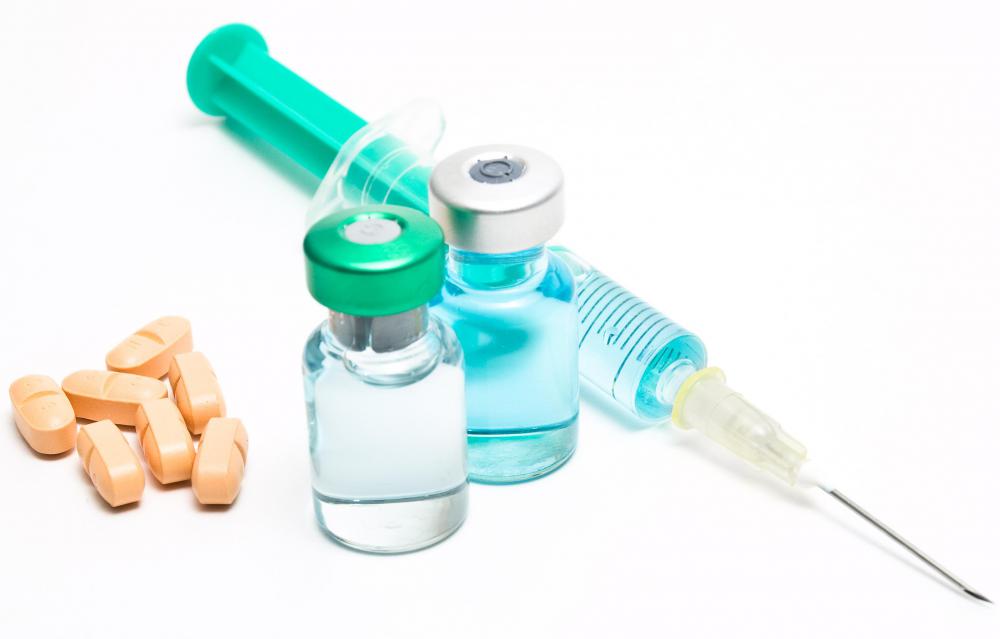At WiseGEEK, we're committed to delivering accurate, trustworthy information. Our expert-authored content is rigorously fact-checked and sourced from credible authorities. Discover how we uphold the highest standards in providing you with reliable knowledge.
What Is the Controlled Substances Act?
Part of the Comprehensive Drug Abuse Prevention and Control Act, passed by the US Congress in 1970, the Controlled Substances Act divides all regulated substances into five classes, each with its own specifications. The congressional intent in classifying the substances was to effect greater regulation for the substances deemed the most harmful to society. It started with substances classified as “Schedule I” and moved down the line through “Schedule V.”
Schedule I substances under the Controlled Substances Act are to be considered the most harmful and in need of regulation. The Act defines Schedule I substances as those that are very likely to be abused, are not used medically in the US, and are not safe to use even under medical supervision. Heroin, mescaline, and marijuana are examples of Schedule I drugs according to the Act. Marijuana’s classification as a Schedule I substance is very controversial, however, as it is widely regarded as a much less harmful drug than others typically classified as Schedule I.

Substances that are classified as “Schedule II” may only be dispensed to an end user by a licensed pharmacist under the direction of a medical professional. Schedule II substances are defined as those with a high potential for abuse that may lead to severe dependence on continual use of the substance, and there must be an accepted medical use in the US. Some examples of substances classified as Schedule II under the Controlled Substances Act are cocaine, opium, and methadone.

The remaining schedules under the Act contain substances that have a legitimate medical use in the US, and have a progressively lower risk and potential severity of abuse. Accordingly, the penalty for unauthorized sale, possession, and use of these substances gets lowers with each step down the schedules. Anabolic steroids are examples of a substance classified as Schedule III; Xanax® is classified as a Schedule IV substance; and most cough suppressants that contain small amounts of codeine are classified under Schedule V.

The highest penalties under the Controlled Substances Act are typically for violation of anti-trafficking provisions, which prohibit the transportation of large amounts of an illicit substance for the purpose of an illegal sale. The next step down is simply for unauthorized distribution of the substance, which involves the sale of smaller amounts than that of trafficking. The lowest penalties under the Controlled Substances Act stem from simply the possession or use of an illicit substance.
AS FEATURED ON:
AS FEATURED ON:













Discuss this Article
Post your comments